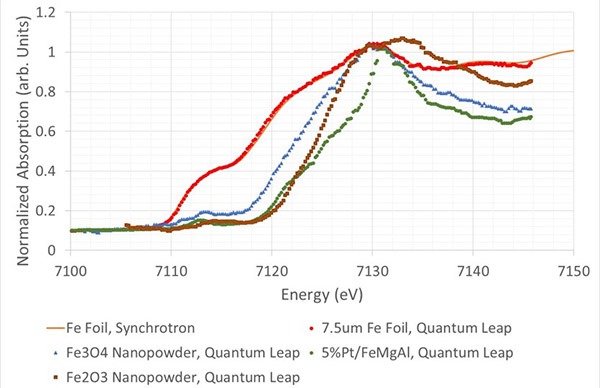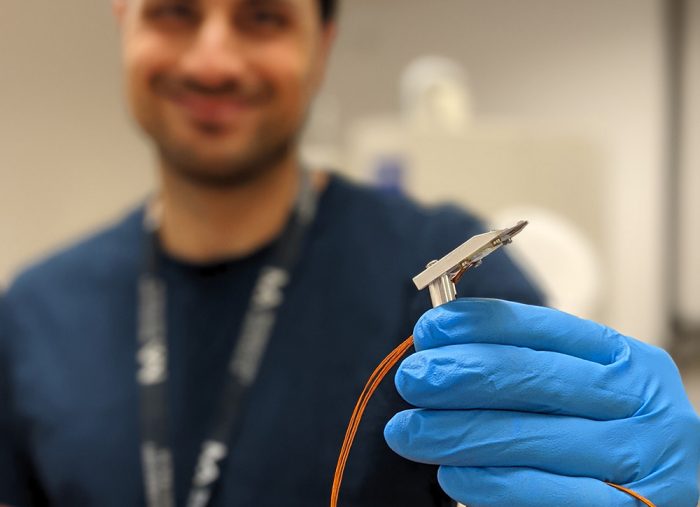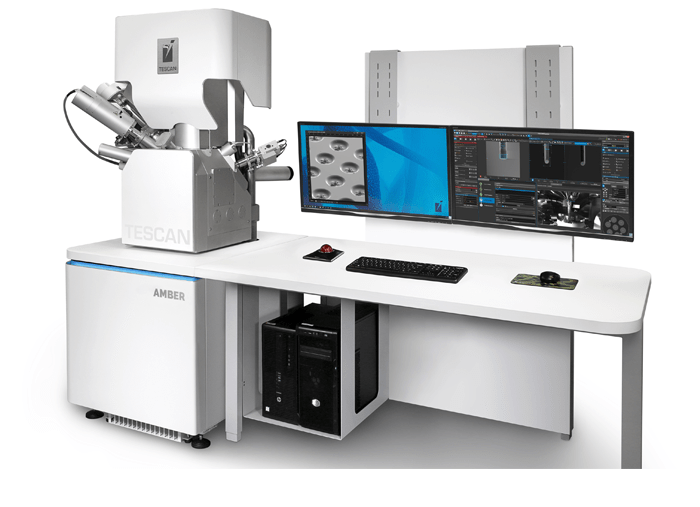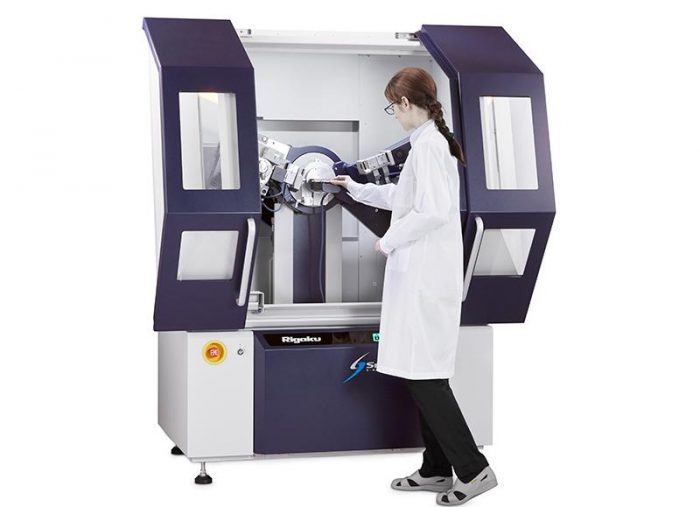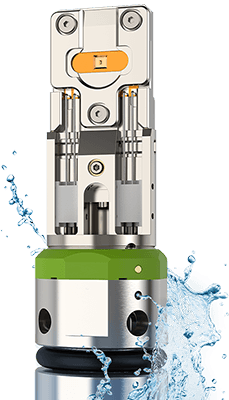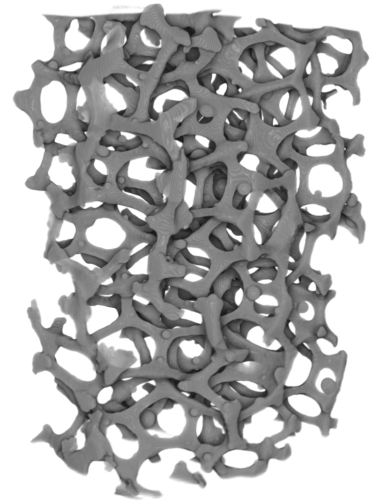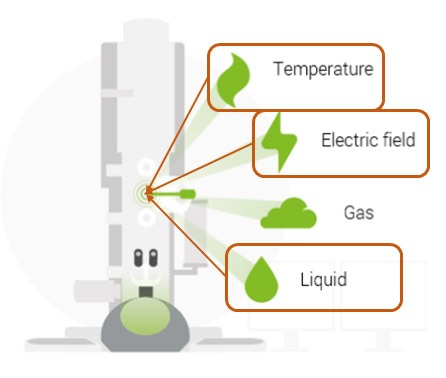X-ray absorption spectrometry (XAS) is a powerful synchrotron-based technique that enables determination of the chemical and electronic state of an element of interest, including: Oxidation state Local atomic geometry Bond ...
Benchtop NMR is an ideal technique for research into battery technology, battery materials and quality control of battery raw materials. With the ability to quantify key material concentrations in minutes, ...
MEMS-based TEM platforms that enable dynamic studies under variable heating, biasing, gas and liquid conditions and combinations thereof are not uncommon. However, similar systems for use in SEMs have not ...
Gallium FIB-SEMs (Focussed ion Beam-Scanning Electron Microscope) have been and continue to be valuable instruments in materials researchers’ arsenals. However, more recent variants like the TESCAN AMBER X, Xe plasma ...
High flux X-ray diffraction is the next best alternative to a synchrotron. Better still, you can have one in your own lab!
On-demand webinars Additive manufacturing is a rapidly growing field. This bottom up manufacturing technology is freeing up engineers from the restrictions of more conventional top down manufacturing processes enabling more ...
Liquid Phase Electron Microscopy Liquid Phase Electron Microscopy (LPEM) is becoming an increasingly popular mode of examination for both materials and life scientists. Stream from DENSsolutions paves the way for ...
MicroCT with its ability to non-destructively image materials in 3D is arguably the most exciting imaging modality in materials science. While some systems are able to carry out time lapse ...
SEMs and TEMs are commonplace in materials research providing high resolution insights into micro and nanostructures. While additional detectors can provide chemical analysis etc., electron microscopes have traditionally been restricted ...

